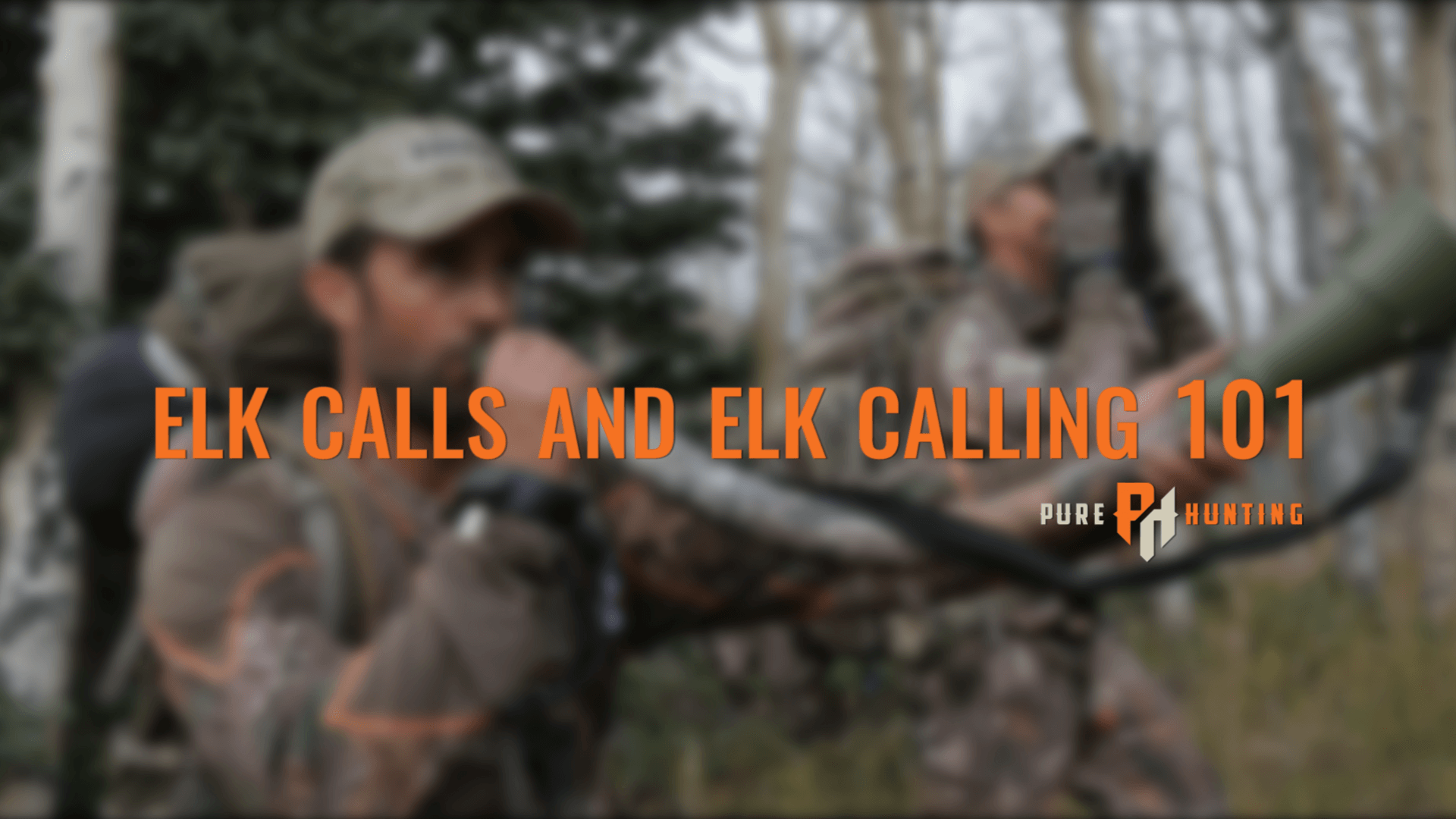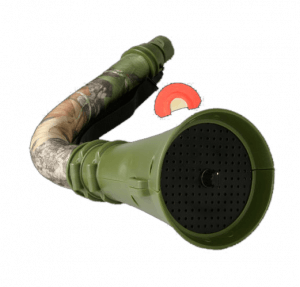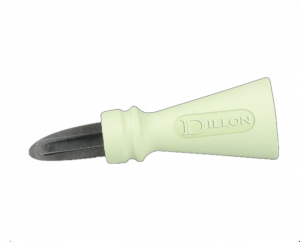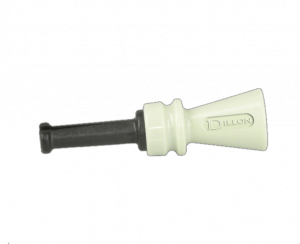August is nearly over, and in just a few short weeks it will be time to hit the field or slopes to kick of the 2016-17 hunting season. This fall, many hunters will pack up their gear, pull up their OnXMAPs and head to the high country with the hopes of encountering and harvesting a mature bull elk. With a little hard work, determination, and few basic skills many will return with success. While the hard work and determination can lie within, the necessary skills need to be acquired through knowledge and practice. In the elk hunting world, this mainly refers to learning elk calls and these elk calling tips.
Elk Vocalizations
The first thing that anyone who is planning to head out west in search of elk should know is that elk, by nature are very vocal animals. As a matter of fact, out of all of critters that are related to elk (deer, moose, etc.) the elk is hands down the most vocal. So, when it comes to learning how to call elk, you need to first understand every sound that an elk makes and what it means. This can typically take some time to master, however, if you spend some time on listening to the vocalizations of elk you can begin to get your head around it fairly quickly.
The first thing that you need to keep in mind when it comes to elk calling and elk hunting is that both the bulls and cows vocalize throughout the day. Most archery and muzzle loader season dates are set right around the rut, which is usually the peak time for elk vocalization. Both bulls and cows are very active and very vocal which is one of the main reasons that the rut is one of the best times to hunt.
Elk use vocalizations to locate each other and also to notify other elk of danger. The types of elk vocalizations can be broken into a couple different types of elk calls.
- “Chirps” – Chirps are often used by cow elk and sometimes bulls. The best way to describe a “chirp” is a vocalization that is made when elk are around each other. Think of it as talking around the water cooler. There isn’t really anything going on, and the elk are just making noise to each other. “Chirps” are great filler elk calls that hunters use to give the impression of a large group of cow elk just contently mingling. This can be very effective in attracting a mature bull elk to within range of the Hoyt.
- “Mew” – Mews are highly variable elk calls and vocalizations. They can be used to illustrate threats, submission, sparring between bulls, or just a simple communication from cow to bull, cow to her calf or locating other elk.
- “Barks” – Another common vocalization that elk can make is what is referred to as a “bark”. “Barks” sound just like you would think, very pointed and very abrupt. Elk typically use “barks” as an alert call, letting the group know that there is danger present. As a hunter, you want to avoid “barking”!
- “Bugle” – Without question the most well-known elk call has to be the bugle. The bugle is unmistakable. Bull elk bugle and they do so for a couple of different reasons. Bull elk bugle as a sign of dominance, however, they also will bugle as a means to locate other elk. The bugling can be a great way to not only locate a bull during the rut, but can also be a great way to call in a bull to your location, especially if he is very responsive. Mature bulls will tend to locate other bugling bulls in an attempt to run them out of the area, much like white-tailed deer respond to rattling. These factors alone make bugling one of the most important elk calls that anyone elk hunting should know how to use. A bugle is also a way for a bull to call cows in to him.
- “Chuckle” – a Chuckle is the series of grunts following a bugle. The bugle and chuckle can be used in combination to present a full sequence to draw out bulls with the indication of dominance.
Essential Elk Calls to Bring on the Hunt
Now knowing the elk calls that elk vocalize at any given time and more specifically during the rut, you can understand which elk calls you should take when you go on that elk hunting trip.
Bugle Tube
- Without a doubt, the number one elk call to take on the trip is a bugle tube. The FoxPro® Closer Bugle Tube is undoubtedly a serious consideration. This bugle tube employs a baffle, allowing the hunter to dial down the call to present a bull moving further, which is a successful strategy to bring bulls closer. This combo also comes with an all-purpose diaphragm call.
Open Reed
- The second elk call that you will need to pack is an open reed cow call like the Ace from FoxPro®. The Ace can be both the cow and calf, even a bull if you need it to be. It is the ultimate combination to the bugle tube.
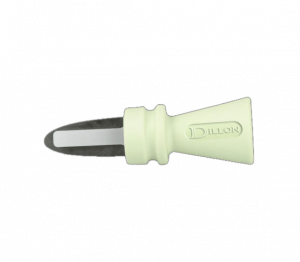
- The Rookie from FoxPro® open reed call maybe another consideration in addition to the Ace. This specific call’s purpose is to mimic the calf or young elk and can often times call in the cow, which may also bring the bull, especially if that cow is in estrus. This can be a great addition to have as backup.
Bite Call
- Another consideration that you may want to bring on your elk hunting trip, is a bite call. A bite call like the FoxPro® Change-up allows you to get the nasally sound that you will not achieve with a diaphragm or open reed call. The nasally sound of the Change-up might be the final trigger a bull needs to come the extra 50 yards.
Elk Calling Tips
Whether you are a beginner in the world of elk calling and elk hunting, or you have been elk hunting for years, chances are you could always use a little more practice. No matter if you are elk calling, or calling at a group of mallards there are really two facets to the art of calling wild game. The first is to master sounding like the real thing and the second is learning how and when to use the elk calls.
When it comes to elk hunting and elk calling, there are two main types of elk calls that most hunters will use at various time throughout the season. The first is a bugle call. A bugle call is simply a long tube with a diaphragm inside that, when used correctly can allow you to sound like a bull elk. Bugle calls are also great for chirps and mews as well. The hardest part about using one of these calls is typically mastering the amount of air pressure that it takes to blow it properly. Once you have mastered that aspect of the bulge call, it is simply a matter of working on cadence. Cadence is unbelievable important no matter what species of game you are calling to, so pay attention to the cadence when you are learning how to master the elk bugle.
The second elk call is often referred to as a “cow” call. If you can blow a mouth call for wild turkeys, then you are as good as gold! If not, again the Ace or Change-up by FoxPro® are good elk calls to bring in order to make these vocalizations. These elk calls are relatively easy to use and are excellent to turn to once that bull moves in close. Again though, cadence is very important so pay attention to the details because if you don’t, it can come back to bite you. Overall when it comes to elk calling tips, be smart and use common sense, know how much is too much, and experience will tell you when the right time is to make which call. In order to give you a head start on this, here are two videos covering some elk calling tips and tactics.
Elk Calling Tips and Tactics | Pure Hunting Tips and Tactics
(Video) – Looking to go on a elk hunt in the near future? Don’t miss these elk calling tips and tactics that could mean the difference on your DIY elk hunt! Of these, not calling too much, and how to use two hunters are just some of the valuable elk calling tips and tactics you will want to know and consider. Which type of elk call should you use? Which elk calls should you take to the field? How much should you call? How aggressive should you sound? All these are important elk calling tips and tactics to know.
DIY Elk Hunting Tips and Tactrics | Pure Hunting Tips and Tactics
(Video) – Sometimes NOT calling to elk is the best strategy. This is a key, knowing these DIY elk hunting tips and tactics can mean success. of these, Chris Nowak, co-host of Pure Hunting explains why not calling to elk might be your best chance. Chris goes into more than just a simple tip, he goes into everything you need to consider when calling elk on a DIY elk hunting trip.
Calling an elk and having him respond and come to the call is the ultimate in elk hunting. However, there are times when leaving the calls in your pocket is the best tactic. It may not seem as much fun but if the elk are vocal on their own, slipping in closely without making a peed can be the best approach. They are already talking and if you make a call, you are alerting the elk of your presence and they will be looking for you. If you close the distance and don’t feel you can get any closer without spooking them, then you may want to begin to call.
In The End, It Is Elk Hunting
The biggest mistake that any hunter can make no matter what game you are chasing is to assume that because you sound good on the call that you are going to be successful. That couldn’t be further from the truth! There is still a “hunting” element that comes into play each and every time you hit the woods. Success comes from relying on your skills, instincts, ability to read the sign and situation, and above all the behavior of the animals you are chasing. When it comes to elk hunting, a once in a lifetime opportunity and adventure, some elk hunting tips that you learn before a trip could also be a critical factor in success. In the grand scheme of things, put yourself in the best possible position for success. In other words elk calling and elk calls are just a small part of elk hunting. Much more relies on your ability and prowess as a hunter.
The simpler the better when it comes to learning how to call elk. Once you have done your homework and have an idea of where the elk are, bugling at day break and through the early morning hours can be a great way to locate a bull. Bulls will tend to bugle in the mornings, much like a gobbler on the limb. He is attempting to round up his harem and ward off any would-be suiters. Likewise, if you find a bull bugling in the middle of the day, it is often a good thing for the elk hunter.
Bringing It All Together
When you put elk calls to use properly, you will locate a bull. The visibility is often a limiting factor in western hunting, so having a good set of Vortex optics around your neck can help you make sure you are in the best position possible or whether or not you need to move. Contingent upon the situation, once you have your bull located it is usually time to put some miles on your Woods n’ Stream Boots. You goal is to close the distance with as much stealth as possible, or in some situations with as much calling as possible. Either way one of you will close the distance. Keep in mind to constantly check the location of your bull along the way. Once you have drawn in close, then it is time to break out the mouth call and do your best to sound like a hot cow, or herd of cows with excited chirps and mews to allow the bull to take the final steps.
At the end of the day, elk calling and elk calls are all about reading the responses you get from the animal. The goal is often to try to intercept a bull on his way to his herd, or an attempt to draw him off his herd. This requires you to have a good understanding of elk calls and elk vocalizations. There are many different types of bugles and cow calls and learning what the elk are saying when making those sounds will help you determine if the elk are coming to you or calling you to them. To achieve that you simply need to spend time in the field. Practice makes perfect and if you put in the time you can certainly reap the benefits!
Are you dead set on elk hunting this year, are you going on a DIY elk hunting trip don’t forget to take a look at our other blogs.

